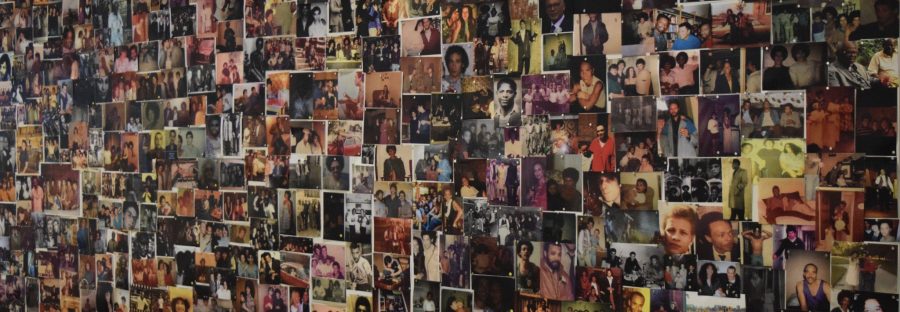Communities aren’t given enough of a voice, says Whitworth Gallery Director
- Alastair says it's important for the museum to represent and engage with the community
- The Reno exhibit is more of a residency that explores the nightclub through a narrative
- Linda Rogan led the archaelogical dig for the Reno exhibit
The director of the Whitworth Museum and Manchester Art Gallery, Alastair Hudson, takes time out to discuss the importance of building and strengthening ties to the community, as well as speaking out about the Reno exhibit, which opened last year.
His aim in his role is to showcase the community projects at the Whitworth Museum so that they receive the same attention as other works of art.
He further aims to provide a platform and voice to communities and cultures that do not normally have one, showing people that art is for them.
Alastair feels that, traditionally, community projects have not been given the space, and he hopes to change that.
When discussing the Reno at the Whitworth exhibition, he said: “I saw this as a good opportunity – talking to Linda to ask ‘what if we gave you a big space’ – rather than it being an event that happens for one night, what if we did something bigger?
It felt more than an exhibition really, more like a residency for a year.”
Speaking more about the residency, he said: “It was great, they had this big space in one of the galleries and we kind of displayed all of the artefacts found in the archaeological dig in the nightclub to give them the same attention of a Roman artifact.”
Award-winning playwright Linda Brogan led the group for archaeological dig for the Reno.
The group found jeans, ash trays, and bags of drugs.
The ‘bones’ of memorabilia found on site included beer coasters, club flyers, broken bottles, posters, etc and formed part of the exhibition Resurrecting The Reno at the Whitworth Gallery. Organiser Linda Brogan interviewed me re: club night memories
— Jah Rigsby (@RaheelK29525198) April 23, 2021
The rest of the space was made up of photographs – a timeline telling the narrative of the Reno.
Another part of the exhibition was a mini conference made up of the local residents that lived in Moss Side during the 80s.
During the conference, the residents reminisced about events such as the Manchester Riots in Moss Side and the racial and political climate at the time.
The riots were triggered by the Deptford Fire and the Brixton Riots.
Speaking about the riots, Alastair said: “It was like this supressed anger, nobody ever explained to them why they ended up in that place.”
I decided to take people to The Reno – or rather, The Reno resurrected by the amazing Linda Brogan (@ExcavatingReno). In the 1970s, The Reno was Manchester’s best soul and funk club – and its clientele was predominantly the mixed race kids who no one knew what to do with. pic.twitter.com/WwDkKx8Y4n
— Moya Lothian-Mclean (@mlothianmclean) September 15, 2020
Alastair wanted to emphasise that the exhibition was not just about the cultural significance of the building to the people, but to promote the culture of the people themselves.
He said: “Throughout the show the idea was, there was sofas in there, films, workshops and it was really about gathering those stories.
“There was this denial of their existence somehow and I think that through the museums we can make that culture visible again, and by giving these people this agency to ask questions – allowing them to get involved.”
Alastair remembers his own experiences as a middle-class suburban white kid growing up in Manchester.
He said: “I used to drive past Moss Side to come into Manchester all the time back in the 80s and 70s. It was a neighbourhood of notoriety in the city and from what I could see it was the reason why it was disregarded and kind of erased in certain ways.”
Currently the Whitworth have American artist and community activist Susan Lacey, whose exhibition is open to the public.
They plan to adapt some of her ideas and apply it to the communities in Manchester to help the youth alongside local charities and organisations to stop gang crime, amongst other things.
They are also showcasing a video about Briarfield Mills and the cultures of the white working class and South Asia coming together to make a hybrid choir showing that art can be communicated in many different forms.


